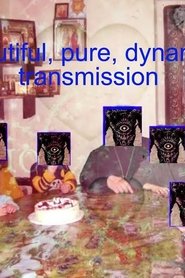Description:
Along with conceiving of AI as a mutilated potentiality for personhood, autonomy, and self-actualization, another possible avenue of consideration is calling on AI as a form of ritual, and how its manifestations become a form of architecture that facilitates “rituals”, where generative/computing tools and interfaces act as a form of supplication. Like a computational ouija board, familiar frameworks of “AI” (the server, the website, the application, etc.) suppose it as a locus, a place of containment, enclosing the incorporeal, as a sort of archive of objects, ideas, voices, and thoughts. It offers a perceived impenetrable refuge, constructing a reality that is (un)comfortable and (un)familiar. It also represses fear of the known unknown, or the awareness of a vastness that we cannot completely comprehend.
Reviews:
No reviews found.
Where to Watch:
No watch providers found for the US region.
Similar Movies:
No similar movies found.

